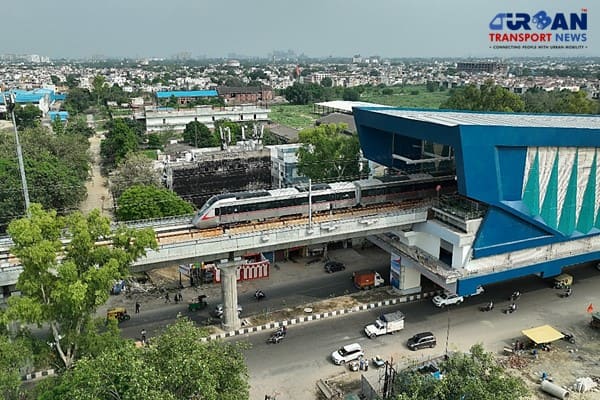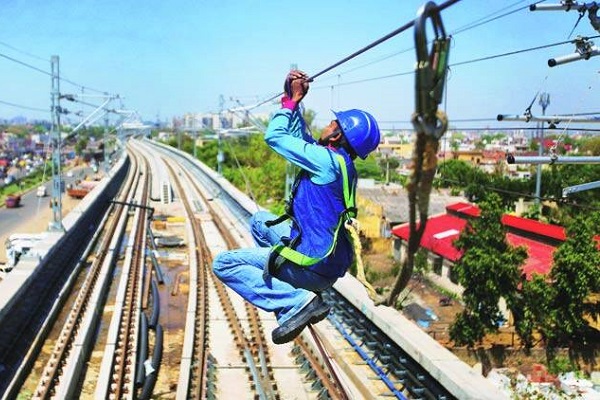 Wage and Hour Enforcement Under the Massachusetts Wage Act and Connecticut Labor Standards
Wage and Hour Enforcement Under the Massachusetts Wage Act and Connecticut Labor Standards MRT‑7: Manila’s Northern Metro Lifeline on the Horizon
MRT‑7: Manila’s Northern Metro Lifeline on the Horizon Delhi unveils ambitious Urban Mobility Vision: Luxury Metro Coaches, New Tunnels and Pod Taxi
Delhi unveils ambitious Urban Mobility Vision: Luxury Metro Coaches, New Tunnels and Pod Taxi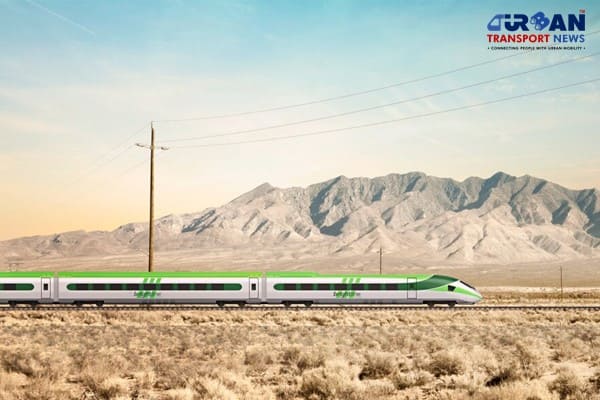 Qatar approves Saudi Rail Link Agreement, Accelerating Gulf Railway Vision 2030
Qatar approves Saudi Rail Link Agreement, Accelerating Gulf Railway Vision 2030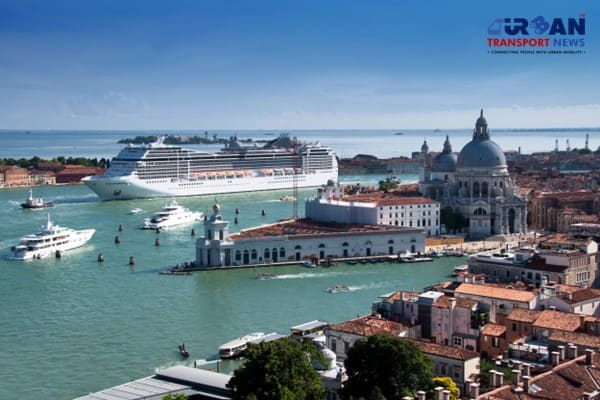 UP Govt plans to introduce Water Metro services in Ayodhya, Varanasi & Prayagraj
UP Govt plans to introduce Water Metro services in Ayodhya, Varanasi & Prayagraj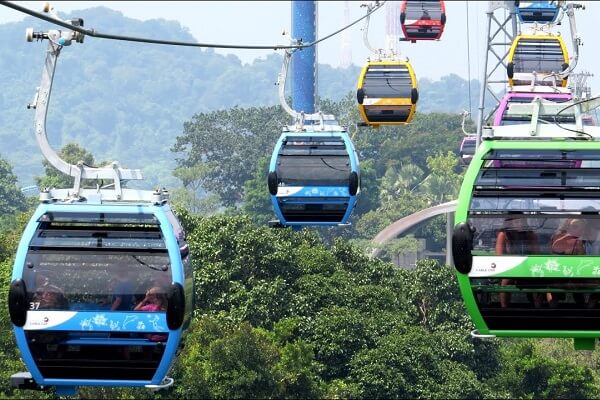 India’s First Urban Ropeway begins Trial Run in Varanasi, Set to carry 1 Lakh passengers daily
India’s First Urban Ropeway begins Trial Run in Varanasi, Set to carry 1 Lakh passengers daily India and Bhutan to Build First-Ever Rail Link: ₹4,033 Cr Project to Boost Regional Connectivity
India and Bhutan to Build First-Ever Rail Link: ₹4,033 Cr Project to Boost Regional Connectivity Patna to launch Eco-Friendly Water Metro; Trial Run soon between Digha and Kangan Ghats
Patna to launch Eco-Friendly Water Metro; Trial Run soon between Digha and Kangan Ghats Air India Group set to launch Flights Operations from Navi Mumbai International Airport
Air India Group set to launch Flights Operations from Navi Mumbai International Airport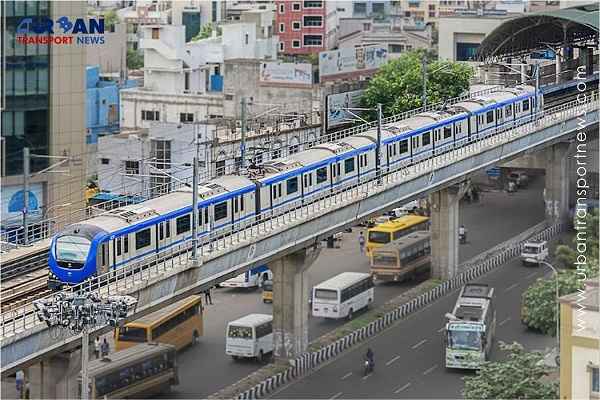 Chennai to launch 25-Year Mobility Plan with Unified QR Ticketing and One-App Transit System
Chennai to launch 25-Year Mobility Plan with Unified QR Ticketing and One-App Transit System
Is the RRTS Truly Accessible to the Common Man or Only the Privileged?

In the hustle and bustle of Ghaziabad's railway station, amidst the chaotic morning rush, Sanjeev Kumar, a 34-year-old commuter, struggles to navigate through the crowd of vendors. His destination? Connaught Place, Delhi, where he works tirelessly six days a week. But as he steps onto the platform, he is met with disappointment yet again – the train to Delhi is running behind schedule, a common occurrence in his daily commute.
For years, Sanjeev has endured the challenges of overcrowded and tardy trains, hoping for a better alternative. The promise of the Delhi-Meerut Regional Rapid Transit System (RRTS) seemed like a beacon of hope, a chance for a smoother and more efficient journey. Yet, as the RRTS inches closer to reality, Sanjeev finds himself disillusioned.
The RRTS boasts impressive features – an average speed of 100 km/hr and air-conditioned coaches – but for commuters like Sanjeev, the dream of seamless travel remains just that: a dream. Despite living a mere 10 minutes away from the newly inaugurated RRTS station in Ghaziabad, Sanjeev is wary of the impending Ghaziabad-Delhi stretch. Why? Because he fears the exorbitant ticket prices will render the RRTS inaccessible to him.
With a modest monthly salary that hasn't seen an increase in years, Sanjeev grapples with the prospect of shelling out ₹40-50 for a one-way ticket on the RRTS every day. It's a stark contrast to the affordability of his current mode of transportation – a three-month railway pass for ₹500. The irony is not lost on him – a state-of-the-art mass transit system meant to ease the burden of commuters like himself now appears reserved for those with deeper pockets.
The sentiments echoed by Sanjeev resonate with many others who find themselves excluded from the grand narrative of progress. Rajat Singh, a 26-year-old factory worker, expresses his frustration, lamenting the disconnect between government initiatives and the realities of everyday life. For Rajat and countless others, the RRTS represents a missed opportunity – a symbol of misplaced priorities and unmet needs.
Moinuddin Mondal, a long-time commuter from West Bengal, shares in the collective disappointment. After years of navigating the labyrinthine local train network, he had hoped for respite in the form of the RRTS. Yet, the soaring ticket prices have dashed his hopes, relegating the RRTS to the realm of unattainable luxury.
In the cramped confines of a local train compartment, Namita Antil, a working mother, speaks of her aspirations for a safer and more reliable mode of transportation. With a daughter studying in a Delhi college, Namita had pinned her hopes on the RRTS. But as she contemplates the prohibitive cost of tickets, her dreams are overshadowed by the harsh reality of financial constraints.
In the narrative of progress and development, the voices of the common man often fade into the background, drowned out by the clamor of grandiose projects and political rhetoric. For Sanjeev, Rajat, Moinuddin, Namita, and countless others like them, the RRTS represents not progress, but a stark reminder of the gaping chasm between promise and reality.
As the wheels of progress continue to turn, we mustn't lose sight of those who stand at the periphery – the everyday commuters whose dreams remain tantalizingly out of reach.
(This article was written based on a recent story published by The Hindu)







